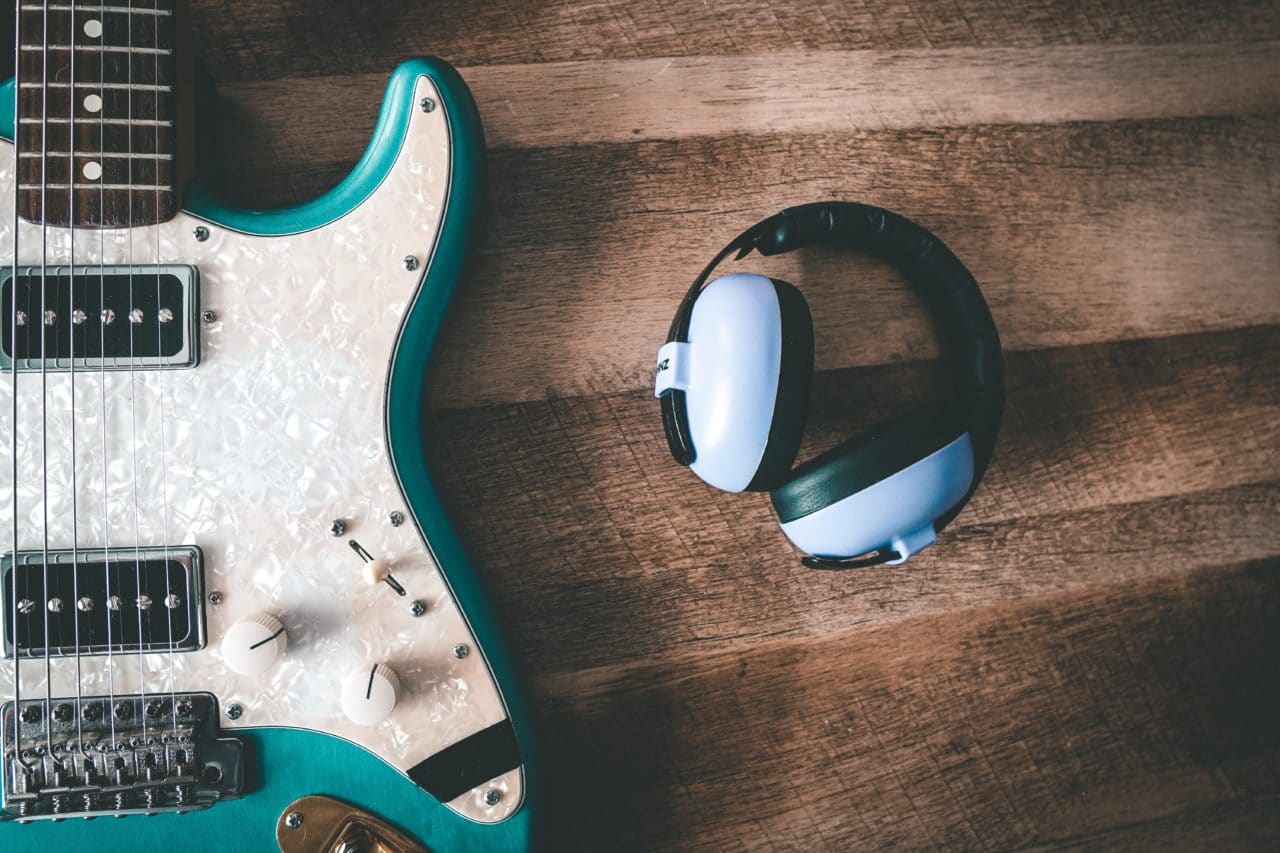Most causes of hearing loss are beyond your control, but one, called noise-induced hearing loss, can be prevented. Understanding what environments put your ears at risk can help you better protect yourself in the future.
Understanding Noise Induced Hearing Loss

Sounds are measured in decibels (dB). Anything over 85 dB can cause irreversible damage. To put that in perspective:
- 25 dB – whisper
- 60 dB – normal conversation
- 80 dB – heavy Indianapolis traffic
- 105 dB – sporting event
- 130 dB – live rock show
- 140 dB – jet engine at takeoff
- 160 dB – shotgun
- 180 dB – rocket launch
The louder the sound, the shorter amount of time you need to be exposed to it in order for it to cause lasting damage. There are a few environments that you may not think about when determining when you should wear hearing protection.
Busy Cities
Living or working in a city like Indianapolis puts you at the center of everything; it also puts your ears at risk. Cities are loud places full of ambulance sirens and construction sites. The background noise of a city can measure anywhere from 60 to 110 dB at any given time.
New York City recently began a five-year project to monitor city sounds to figure out how to prevent unhealthy noise levels. The Sounds of New York City project will give scientists unprecedented insights into noise pollution.
Restaurants
Noise levels in restaurants can range widely between a small, intimate bistro to a popular new brew pub during happy hour. Decibel rankings are now starting to be included in online restaurant reviews to help users make smarter dining decisions. Apps like SoundPrint have been labeled as “Yelp for noise” and include user submitted data.
A good rule of thumb is if you have to shout to be heard across the table, then the restaurant is too loud.
If eating all your meals at home is not an option, try the following tips:
- Eat during off-peak hours
- Request a table far from the kitchen
- Select a seat with your back to a wall
Workplace
Hearing loss is one of the most common work-related illnesses in the U.S., according to the Centers for Disease Control and Prevention. More than 20 percent of people have been exposed to hazardous workplace noises. Those most commonly affected are in the construction or public transit industry. Musicians, bartenders and those who work in entertainment are also at risk.
Backyard
Keeping up your home’s exterior is important, especially if you want to be one of the best-looking houses on the block. But you should think twice before using power tools, including lawn mowers, weed whackers and leaf blowers.
Protect Yourself
The best way to protect yourself? Wear earplugs. Contact the experts at Indiana Hearing Specialists to learn more.